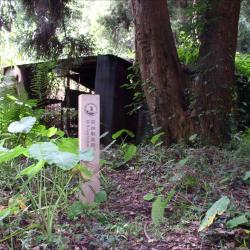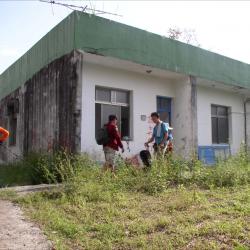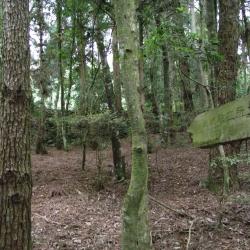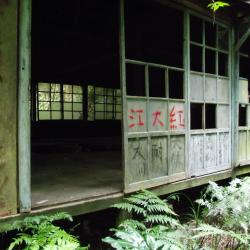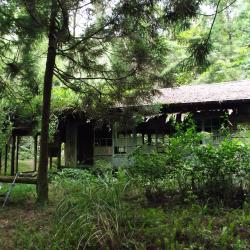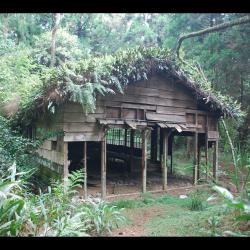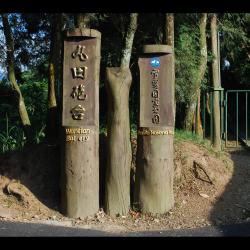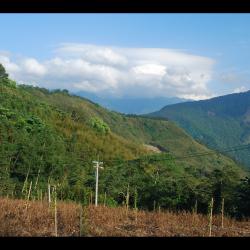The Rixiang Police Post, in Tai'an Township of Miaoli County, is located at the southeastern foot of Mount Jinwei, east to Xishuishan ridgeline, on the northeastern side of Erbensong, and at an altitude of about 1,410 meters. It was set up in 1923, and was named Rixiang, which means facing the sun, because where the police post stood faces the east. The traditional Atayal name for the place is Ulau-ladin, which refers to the soil being as hard as wood.
To this day, there is still an abandoned industrial building where the Rixiang Police Post used to stand. The ruins of the station can be found behind the building. The Shei-Pa National Park has set up a signpost of the Police Post.
